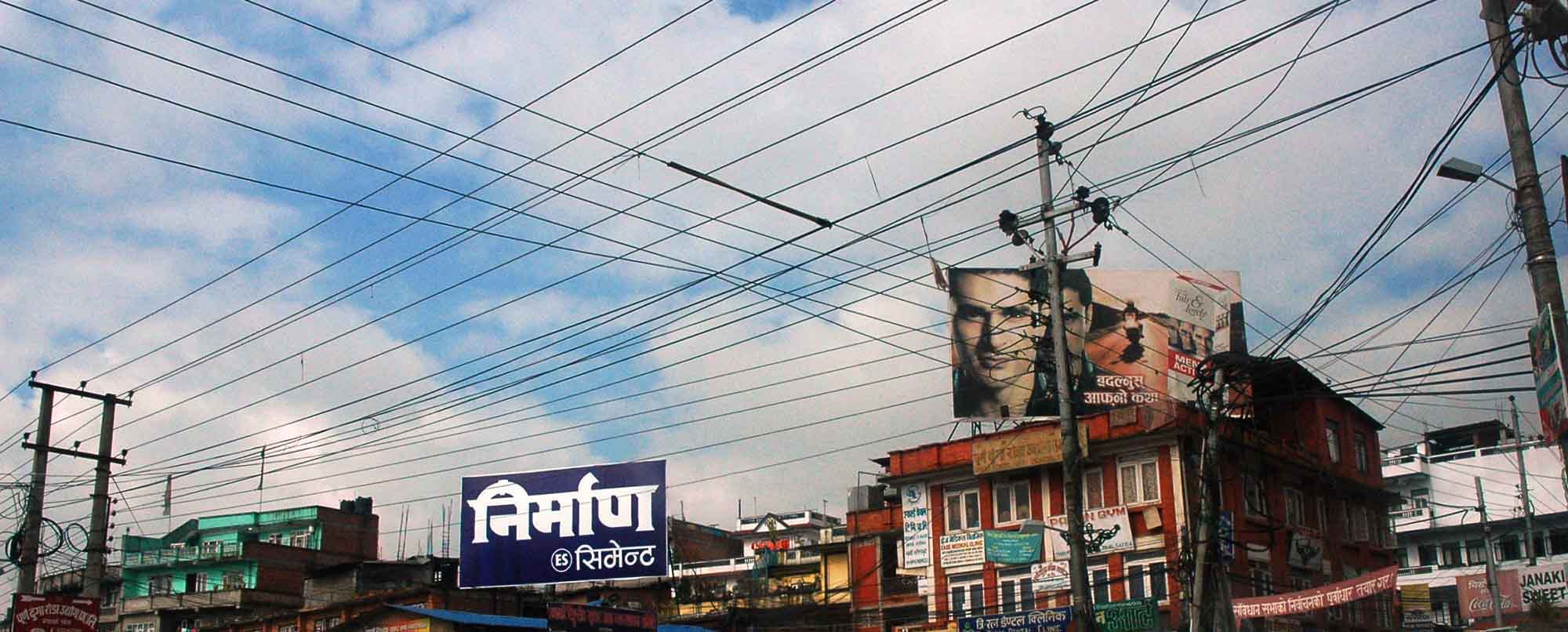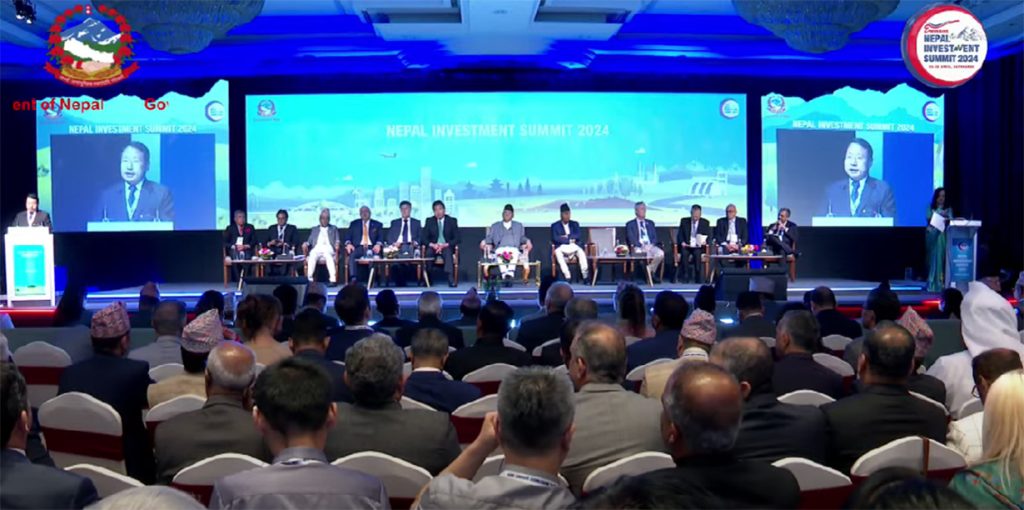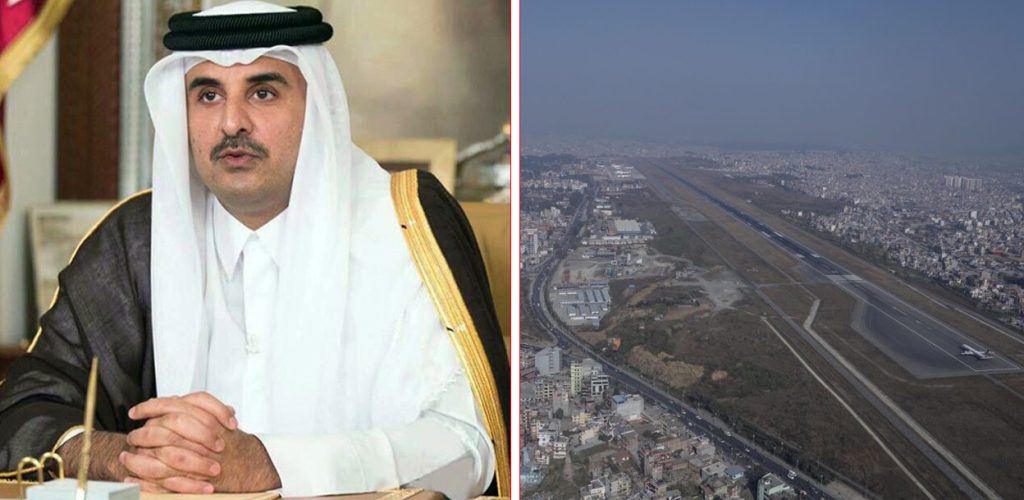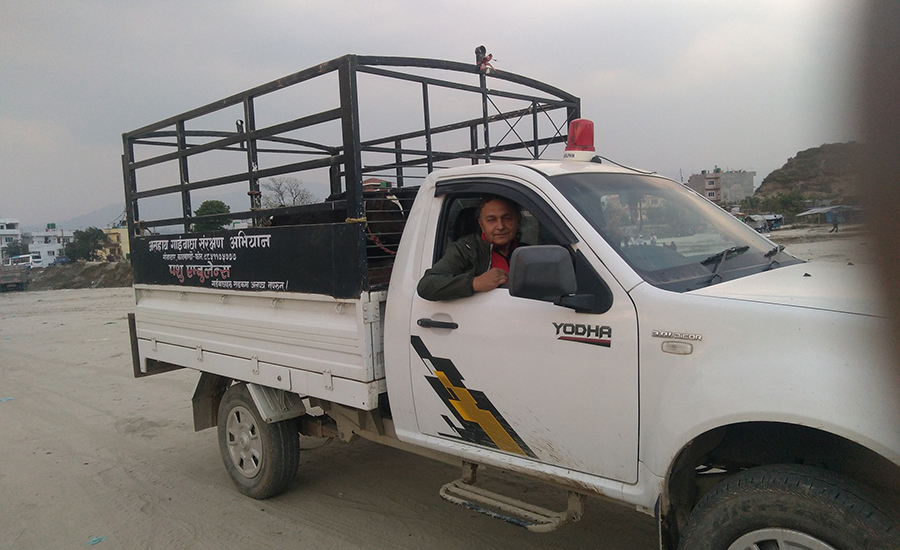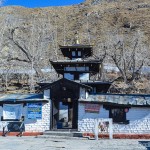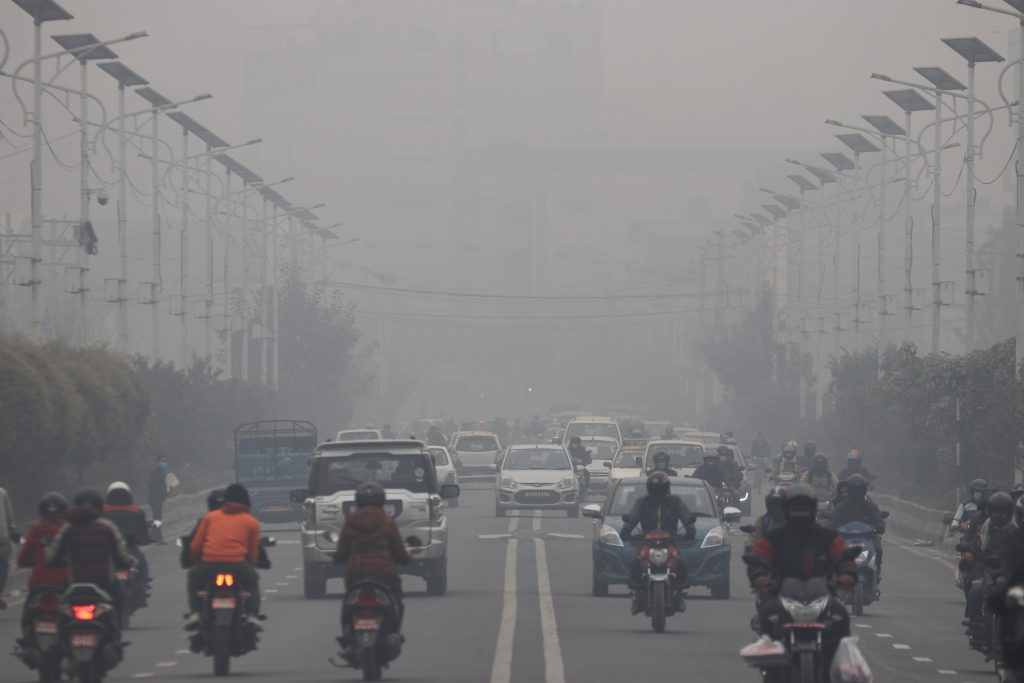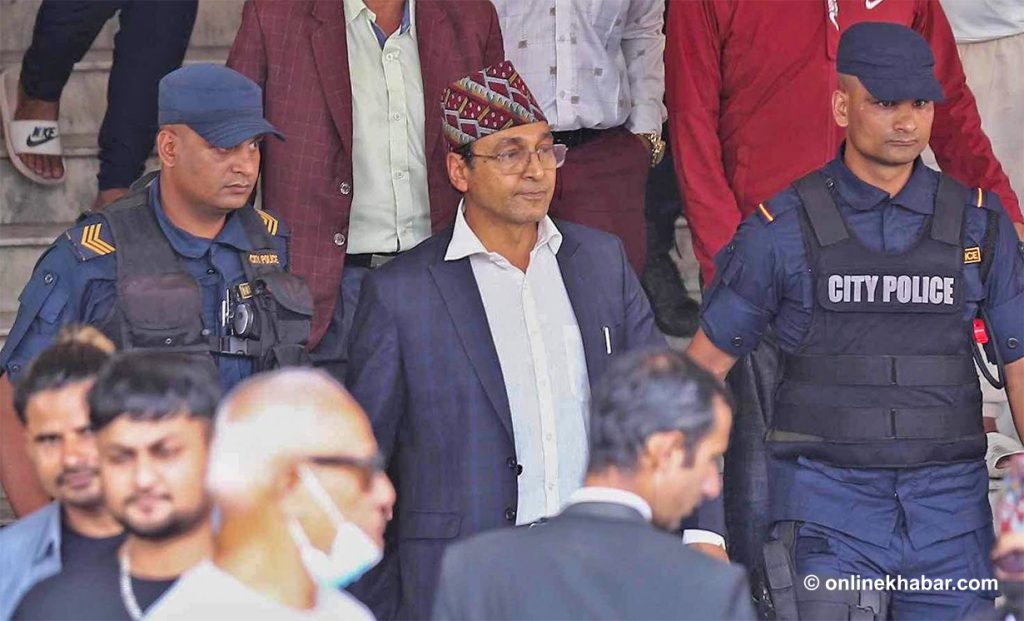Kathmandu exudes a distinct ambience, that of craftsmanship and tradition. The terrain of the valley maintains a harmonious balance and walking through the intricately channeled alleys still remains the most formidable way to soak in the local vibes.
But anyone who has cherished the cityscape and its picturesque beauty must have equally berated the PVC/copper/aluminum contraption assembled at every crossroads every 20 metres on the streets of Kathmandu.
The utility poles in which these wires hang, loop and encircle the entire city not only offer electricity, cable tv and communication services but they also form interesting patterns of unique convolutions at every site. Cables of various shapes and sizes run parallel to the streets helplessly shedding their load from one pole to another.
Some are a relic to wires from times in distant past which have fallen into disuse. They lie there unwilling to be removed from the collection of the mess of wires in fear of affecting the ones in use. Each of these sites is a unique piece of installation, which may be reflective of the disarray in which the entire government functions.
Photos: Sreedhar Poudel/OnlineKhabar
To a casual observer, the wires are like a blot of ink in an otherwise fresh sheet, which is the architectural beauty of the ancient city. They are a tangle of mess in the face of unerring serenity of the valley. So why is this the case in Kathmandu while cities in other countries boast clean streets?
The major authorities in charge of the utility poles in Kathmandu are the Kathmandu Metropolitan Office, Nepal Electricity Authority (NEA) and Nepal Telecom. In conjunction to these government offices, there are also small internet service providers, television cable providers and other service operators, which use these cables. Hence, to remove or move them is a tangle, similar to what we see in the poles, as various institutions are involved and one has to navigate through multiple levels of bureaucracy.
Also read: Broadside: Why a Nepali likes to take photos of wires
The government’s decision to monopolise electricity and at one time even telecommunication made the lack of any progress a constant. Only recently has the telecom industry had any form of incentive to make progress. Hence, only since 2000 has there been any effort towards underground cabling, notably along the East-West Highway.
The insubstantial efforts to make amends of the past lingers. In the meantime, new threats arise. The recent expansion of cable television, and the growing popularity of optical fibre as transmission medium for television and internet have added baggage to these utility poles. ISPs and cable TV providers are growing every day. In a bid to improve services, more and more switches and repeater units are being added.
Photo: Wonderlane/Flickr
To be fair, Nepal’s terrain practically makes it impossible to use underground wiring which in itself is expensive to begin with. In light of this, most of the wiring was done in the poles. The funds required for expensive underground wiring was simply not there.
In 2004, the government attempted to set up underground cabling in Kathmandu on the Araniko highway as part of the beautification project for the 18th SAARC summit and also as part of the expansion of the highway. It was mostly a success except for some areas in Maitighar where lack of coordination between NEA and NT with Kathmandu Metropolitan Office resulted in failure.
For a project that was completed in mere months, instead of the regular timeline that usually spans across years, we tend to question whether the stakeholders are really incompetent or simply reluctant.
“Practically, one of the first solutions that we need to embrace is to avoid star connection in that is popular currently in our power grids. Instead, planned poles’ installation is what we should go for. Another solution is individual line of connection for either side of roads or underground line system,” says Sabin Maharjan, Architect at Technical Interface.
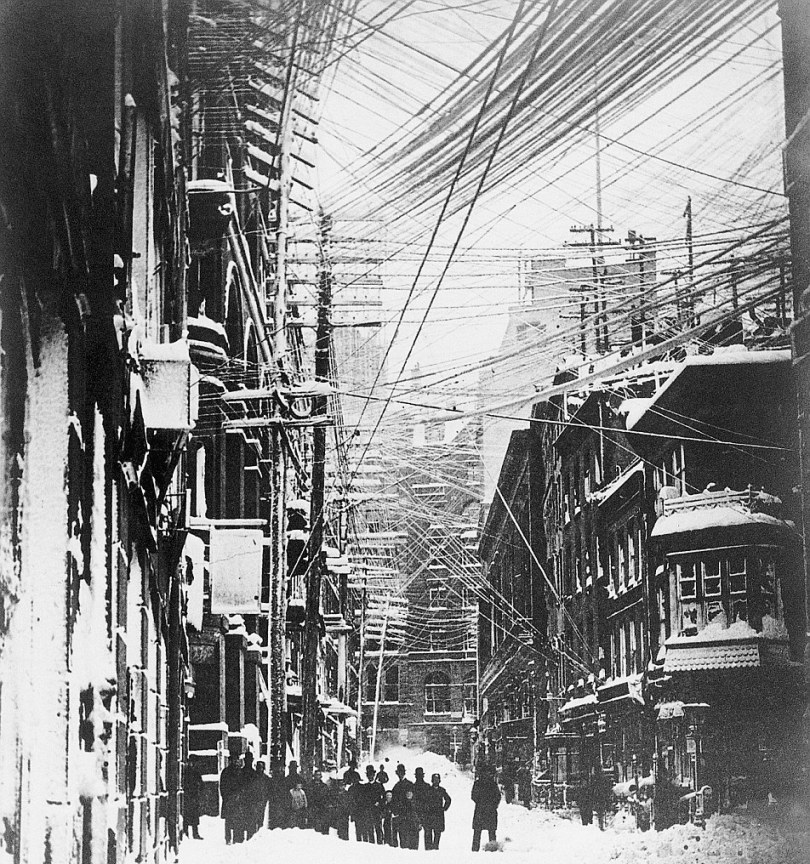
There have been plans to shift the cables underground by KMC but it is still in a preliminary phase. The move is a part of a 33-point amendment announced by KMC earlier this year.
But to shift the entire wired infrastructure underground is a massive technical feat that requires technical expertise and a very determined KMC. The ground below the city is already home to tonnes of GI channels that supply water into homes. We’ve had a good old generation that is used to seeing the pipelines and sewage lines neatly tucked into the ground through the hind sides of our homes or right though its walls. The risk of doing the same with cables is the imminent threat of short circuiting.
Except for high voltage-lines, burying power cables, which include PSTNs, Ethernet, co-axial and fiber optics, on the ground is the most feasible and still a safe option. As of now, these communication lines are the ones chronically spreading.
In most cases, underground wiring was required by state laws in cities in the United States yet had not been implemented. It was only after the devastating blizzard of 1888 in New York that underground cabling was strictly monitored.
Lamenting our country’s policy in the face of lax bureaucracy is a given but it should be noted that at one time or another most countries also had wires hanging over their heads. Large power grids are still present in many countries but urban areas do not have them. Most of the wires were present during the 1880s when companies with underground DC and overhead AC cables were competing.
In most cases, underground wiring was required by state laws in cities in the United States yet had not been implemented. It was only after the devastating blizzard of 1888 in New York that underground cabling was strictly monitored. Looking back on this, we can only hope such drastic natural disasters are not needed to change the policy regarding wires in Nepal. The recent earthquake also claimed quite a few of these installations. With more of the telcos leaning onto temporary supports with whatever quick fix available, our fears of a repeat of the New York disaster grow. It is for certain that shift will eventually occur, the only question is at what cost.
From the archive. First published on 2016/08/22.




